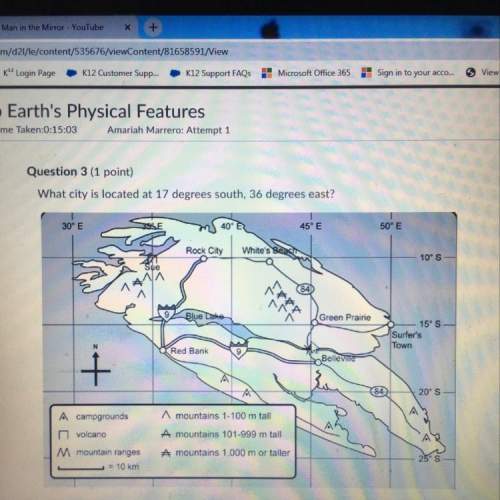
Chemistry, 04.12.2021 01:10, yeet6942000
Copper (Cu) reacts with sulfur (S) to form copper sulfide. A scientist adds 12.7 grams of Cu to 3.2 grams of S to start the reaction. At the end of the experiment, there are 15.9 grams of copper sulfide. In this reaction, all of the copper and Science SAU7: Chemical Change Test Study Guide all of the sulfur react. The scientist then tries to add 13.7 grams of Cu to 3.2 grams of S. There are still 15.9 grams of copper sulfide at the end, but some copper is also left over. In 1-2 sentences, explain how to calculate the amount of remaining copper. Use the law of conservation of mass in the explanation.

Answers: 3
Other questions on the subject: Chemistry




Chemistry, 23.06.2019 08:30, aaliyahnv07
According to the passage, which of these is true about gray water systems? a) gray water systems use plants that require less water. eliminate b) gray water systems require the use of less fossil fuels. c) gray water systems reduce the amount of fresh water used. d) gray water systems reduce the amount water used by shower heads.
Answers: 1
Do you know the correct answer?
Copper (Cu) reacts with sulfur (S) to form copper sulfide. A scientist adds 12.7 grams of Cu to 3.2...
Questions in other subjects:


Mathematics, 20.10.2020 20:01



Mathematics, 20.10.2020 20:01




History, 20.10.2020 20:01







